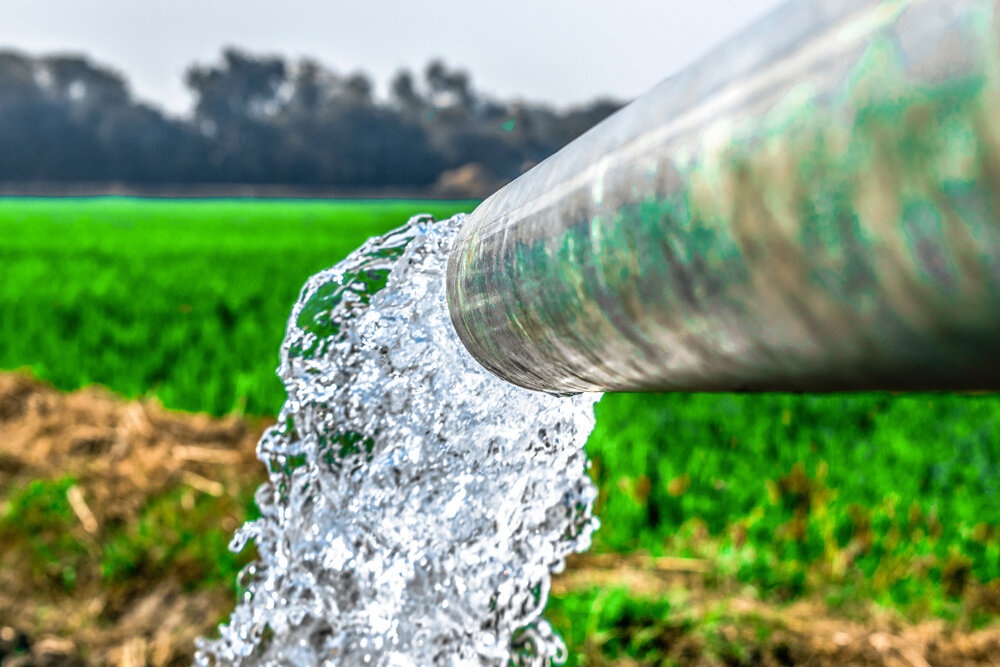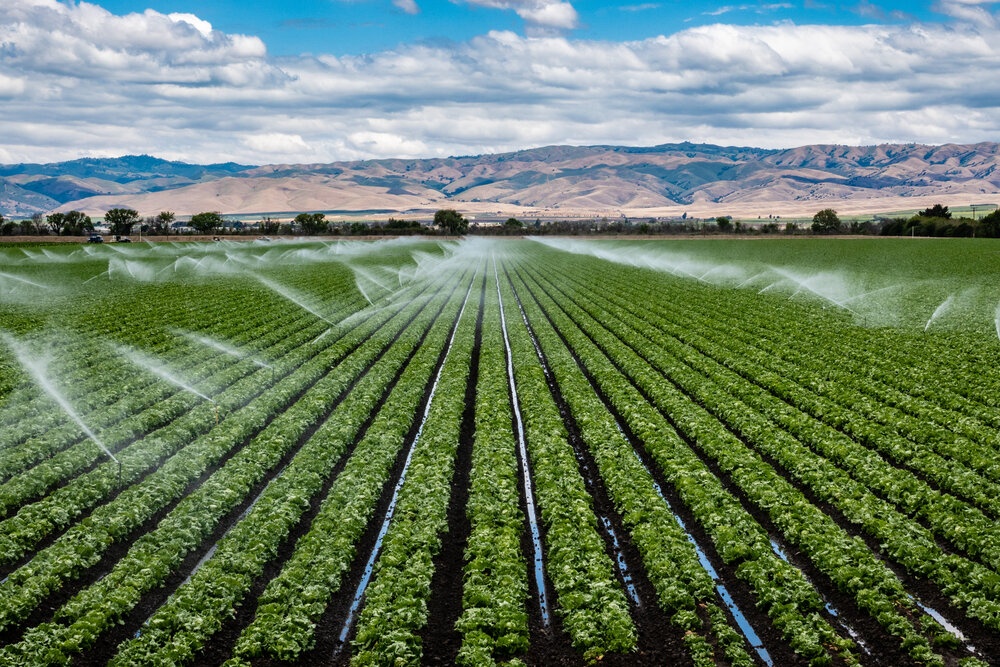The quality of irrigation water is important for several reasons. It is instrumental in affecting both the quantity of crops and crop yields. It is also key to maintaining soil productivity and helping to protect the environment. Water quality also has an effect on irrigation systems that transport and deliver it too.
In this article, we look into the specific constituents that go to make up top-quality irrigation water and how quality specialists go about identifying and assessing them.
When we talk about the quality of irrigation water, it is its chemical or, more precisely, its mineral composition where the focus lies. But there are also some physical and biological properties that come into the equation, too – things like the presence of algae, bacteria, and viruses, as well as the turbidity of the water.
Turbidity, which can be measured with the use of turbidity meters, more commonly referred to as turbidimeters, is easily removed by filtration. Pathogens, too, are relatively easier to remove from water than minerals.
Of course, the quality criteria regarding irrigation water are quite different to that of drinking water. If you want to explore the varying criteria in depth, there is an informative paper entitled “WaterNet: A Network for Monitoring and Assessing Water Quality for Drinking and Irrigation Purposes" on the eeexplore.ieee.org website.
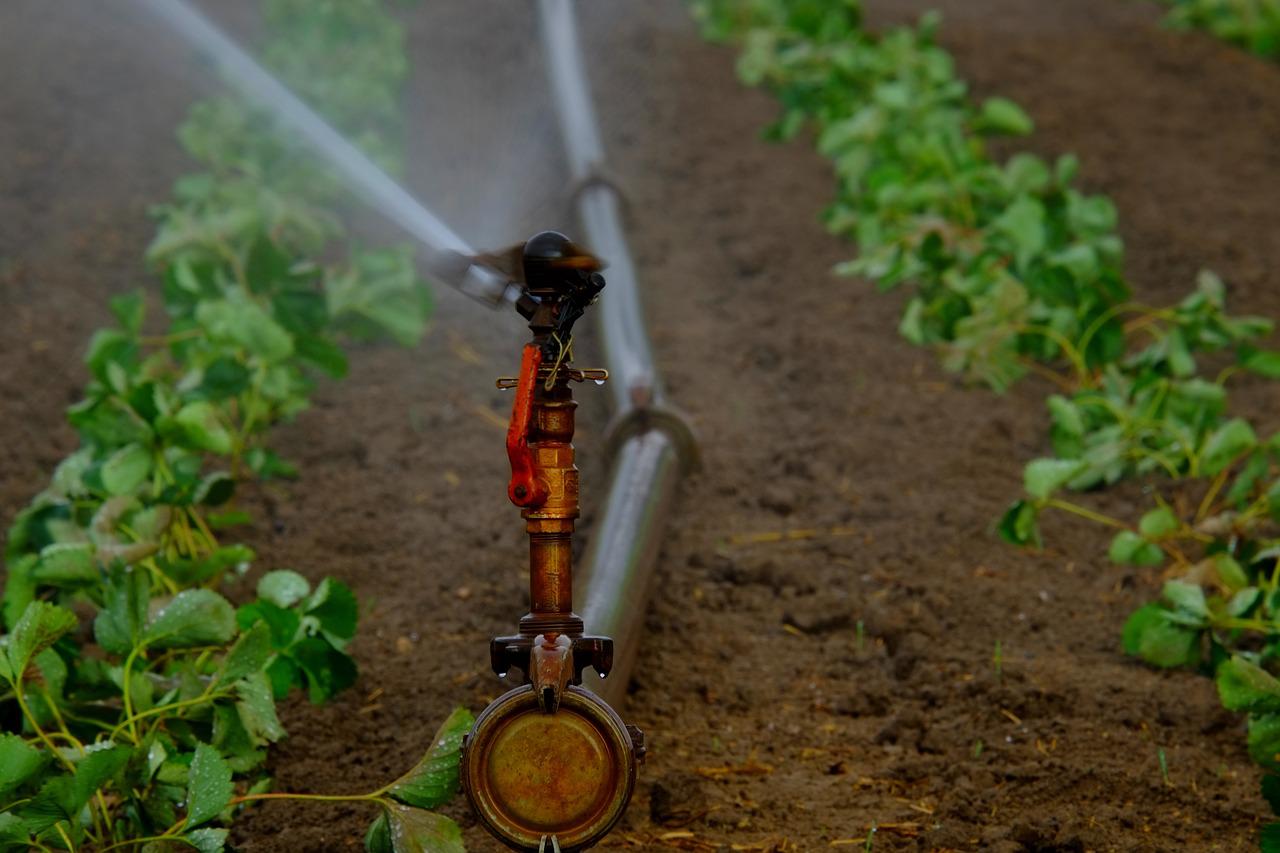
The Elements to be Considered When Testing Irrigation Water
This article focuses on irrigation water quality, and in this, the criteria can vary from crop to crop depending on the crop’s tolerance towards particular minerals.
Another variant that must be considered is that Irrigation water quality varies enormously from region to region. It is dependent on things such as the way in which groundwater is extracted and how it is used, the intensity of local rainfall, and how aquifers are replenished.
The chemical properties that dictate the quality of irrigation water include:
- Alkalinity
- Hardness
- Mineral concentration
- pH
- Salinity
- SAR – Sodium Adsorption Ratio
We look further into each of the above listed elements and their importance a little later on. First, let’s turn our attention to the sources of irrigation water.
How the Source of Irrigation Water Impacts Water Quality
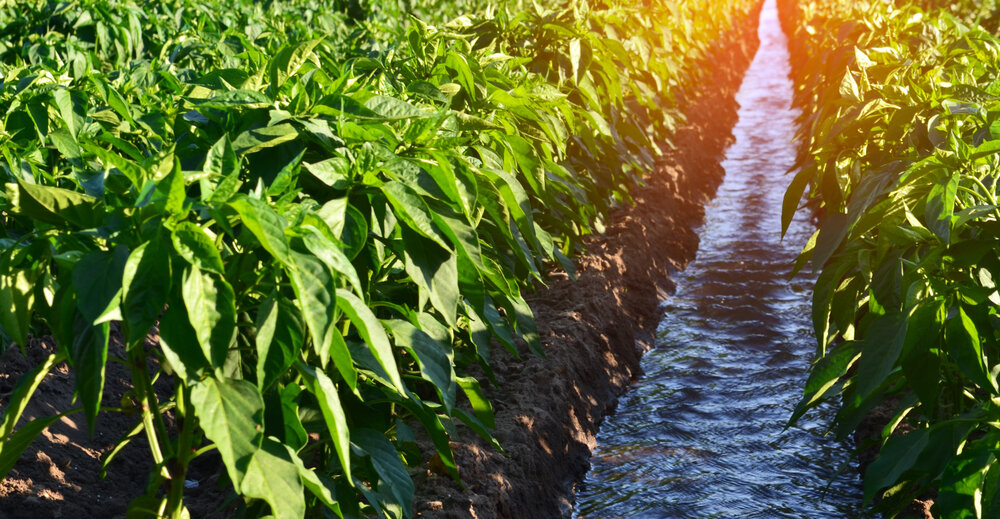
The two main sources of irrigation water are groundwater and surface water. Groundwater would be perhaps more aptly named “underground water.” It exists in subterranean aquifers. Surface water, on the other hand, exists above ground and includes freshwater that’s fed into lakes, rivers, streams, and wetlands.
Groundwater comes from rain and melted snow that filters down through the soil into the bedrock below. As it flows downwards, it settles between any cavities and fractures in the rock layers below. The majority of groundwater is located within half a mile of the Earth's surface. Once the water reaches an impermeable layer of rock, it will pool and start to flow upwards, which is how pools, lakes and springs occur.
The content of these two types of water can be quite different. As groundwater has filtered down through the soil and bedrock, it partially dissolves and accumulates salts or minerals, as opposed to surface water that could contain higher turbidity and biological contaminants.
The mineral salts typically found in naturally sourced water include Bicarbonate, Boron, Calcium Chloride, Fluoride, Iron, Magnesium, Nitrate, Potassium, Sodium, and Sulphate.
Let’s now turn our attention to the specifics of the elements that impact the quality of irrigation water.
The pH of Irrigation Water
The pH of irrigation water determines the water's ability to dissolve mineral salts. Undissolved minerals are useless to crops as the plants can only take up minerals from an aqueous source – i.e. from water or moist soil. You can measure pH most effectively using a pH meter.
The problems associated with certain levels of pH include:
- Clogging of drip irrigation emitters
- Availability and uptake of nutrients
The pH range at which the majority of nutrients are available for plant uptake is between 5.5 and 6.5.
Irrigation Water Salinity
Too much salt in irrigation water results affects the process of osmosis and can result in the build-up of potential drought conditions.
Technically, osmosis is described as the movement of a solvent (in this case, water) across a semipermeable membrane from an area with a lower concentration of the solvent to an area containing a higher concentration of the solvent. It is how plants draw water from the soil into their root systems.
But when the soil becomes too salty due to irrigation, the more effort the plant must expend to transfer water from the soil to its root system. This is the same energy that the plant would otherwise use to nourish and grow. Furthermore, if the salt level that is transferred is beyond that plant's tolerance to salt, it will cause the plant to become damaged.
The symptoms of this damage may not be immediately noticeable as it builds in stages. The plant's growth will become stunted, and leaves will begin to yellow. In broad-leafed plants, the leaves will yellow, die, and eventually drop off. In conifers, the needles will turn brown before eventually dropping off.
How the Salt Content of Soil is Measured
The salt or salinity content of soil is measured using a salinity meter by passing an electrical current (EC) between the meter’s electrodes after it has been introduced into the soil. The effect that salt has is to increase the soil’s ability to conduct electricity. So, if the level of the current is high, it means that the soil has a high level of salinity.
Leaching with top quality, low sodium, clean water, as described in the article "How to Remove Salt From Irrigation Water” on the TWL Irrigation website, is the only way to remedy the problem.
The Hardness of Irrigation Water
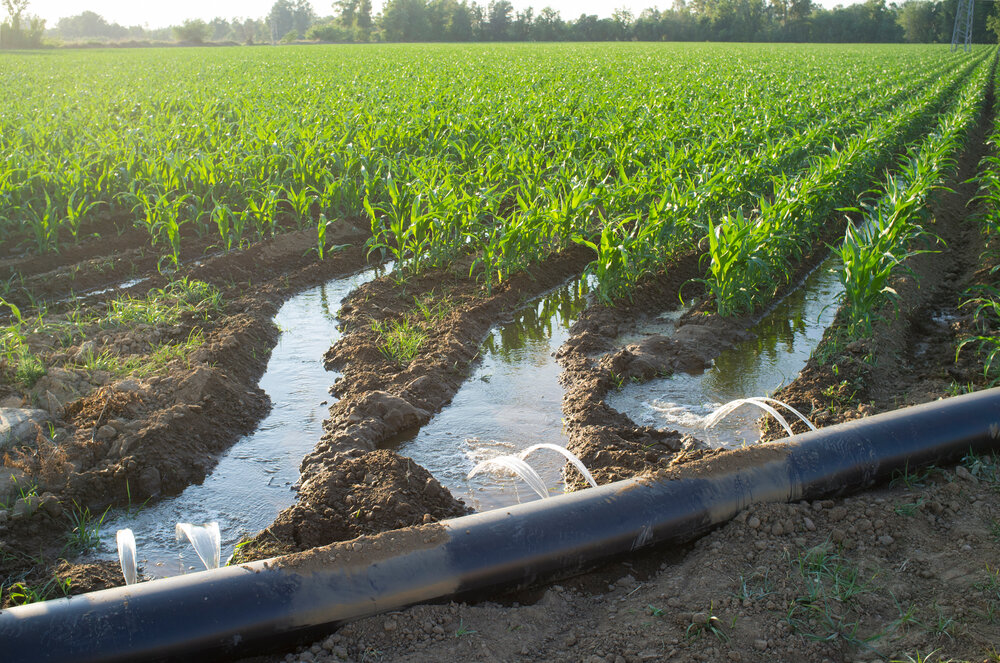
Most of us are familiar with the terms “hard” and “soft” water in our homes. Soft water foams well when soap and detergents are added, whereas hard water doesn’t. Also, hard water is notorious for the “furring up” of heater elements.
Water hardness is essentially a concentration of calcium and magnesium, and in terms of quantification, it is measured in ppm, or parts per million. The "furring up" just mentioned is a result of a precipitation of calcium and magnesium salt, and just as it can damage kettles etc., in the home, it will also damage irrigation systems, making them less efficient.
The Alkalinity of Irrigation Water
Alkalinity is the measure of the water's ability to neutralise acids, including those found in soil and fertilisers, and is, therefore, an important factor in irrigation water quality.
It is more difficult to reduce pH in water that has a high pH measurement, than reducing the pH of water that has low alkalinity, even though both may have the same initial level of pH. It can impact the availability of various nutrients.
Sodium Adsorption Ratio (SAR)
If irrigation water contains a high ratio of sodium ions, it will adversely affect its permeability, resulting in problems with infiltration – the entry (downwards) of water. The reason is that sodium in exchangeable condition in the soil prevents calcium and magnesium from being adsorbed in soil clays which results in the dispersion of soil particles.
These dislodged soil particles then block the surface pores of the soil and, in doing so, contribute to the formation of surface crusting, which in turn make water pool on the soil’s surface blocking its adsorption.
The Concentration of Certain Elements
As mentioned earlier, some crops are more tolerant than others when it comes to certain minerals. For example, while tomatoes will thrive with irrigation water that contains up to 6 parts per million of boron, some citrus crops will suffer if the level of boron toxicity exceeds 0.5 parts per million.
Conclusion
If the quality of irrigation water is poor, it can cause slow crop growth and lead to inferior crop aesthetics. If allowed to go on unchecked, it can even result in the death of plants. Excess salinity can damage the root systems of crops interfering the nutrient uptake. Salts can build up in crop leaf margins, resulting in leaf burn.
If irrigation water has high alkalinity, it will adversely affect the pH of the soil, and this, too, will interfere with nutrient uptake and create nutrient deficiencies which will be injurious to plant health.
Reclaimed, runoff or recycled water must, if necessary, be reconditioned before being used for irrigation as disease, soluble salts, and traces of organic chemicals could be present.
It is, therefore, critically important to have irrigation water tested professionally at a laboratory facility that has the right equipment, and this testing should always include checking pH and the water’s levels of alkalinity.
